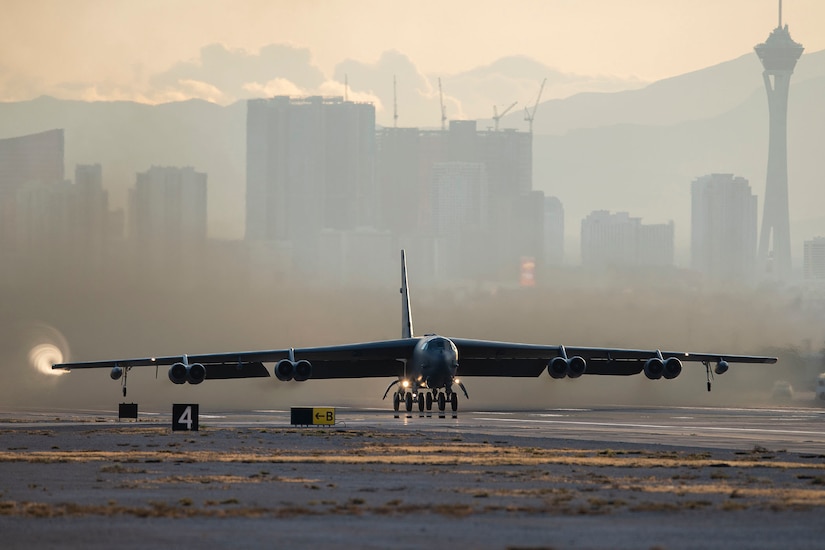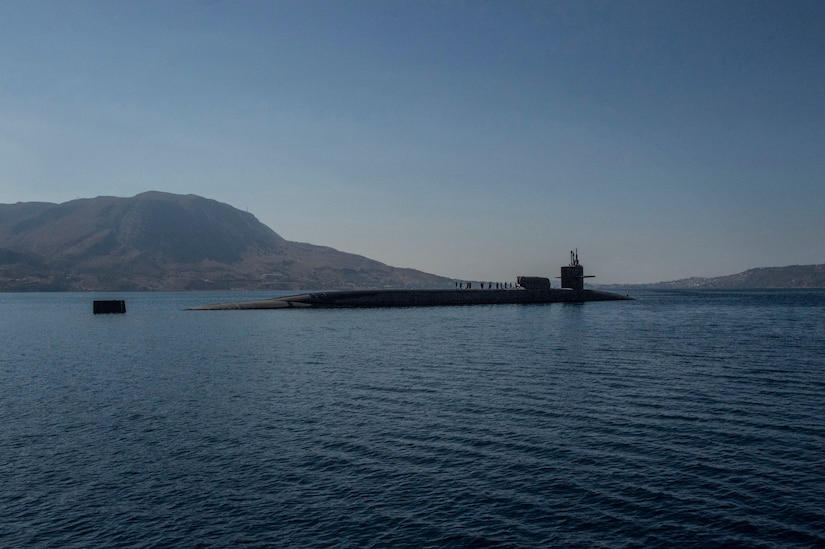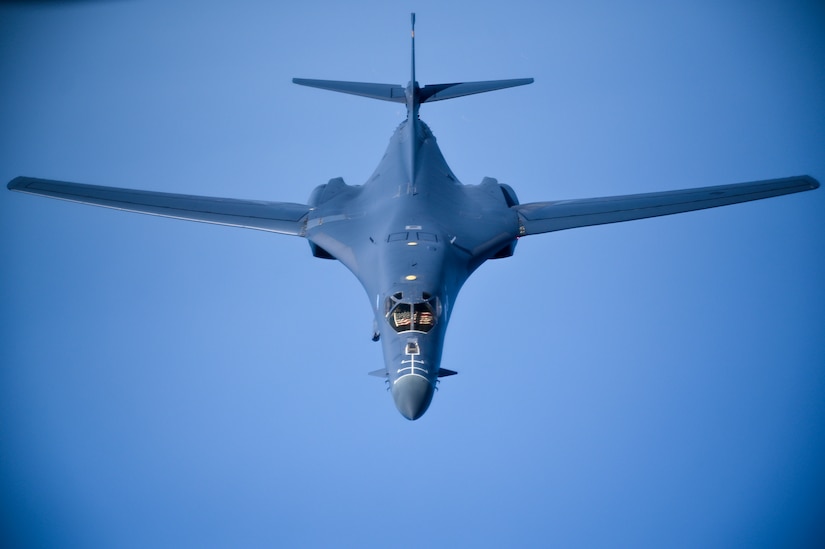Sept. 2, 2020 | , DOD News
There is broad, bipartisan support for the modernization of the nuclear triad, which includes bombers, intercontinental ballistic missiles, submarines and the systems that control them, a Defense Department expert said.
Robert Soofer, the deputy assistant secretary of defense for nuclear and missile defense policy, also said support is more divided for the creation of W76-2, which is a class of low-yield, tactical nuclear warhead that is different from those in the nuclear triad. An example would be a submarine-launched ballistic missile nuclear warhead.

To understand the divide over support for W76-2, one must have an understanding of the two schools of thought on the best approach to nuclear deterrence, Soofer told the Air Force Association Mitchell Institute's Nuclear Deterrence Forum today.
Each school of thought has its advocates, including members of Congress, interest groups and think tanks, he noted.
The first school of thought is known as simple nuclear deterrence, sometimes referred to as minimum deterrence. The thought is that deterrence is best achieved with a limited number of nuclear weapons that, for example, could destroy a certain number of an adversary's cities, Soofer said. The viability of the deterrence is created by an adversary's fear of uncontrolled nuclear escalation.

The second school of thought is known as complex nuclear deterrence. This recognizes that nuclear deterrence can be more complicated, requiring an understanding of the adversary and various scenarios that could play out, he said. This strategy also pays close attention to the nuclear balance and places a premium on ensuring the survivability of nuclear forces that can threaten the adversary.
The complex nuclear deterrence approach has been the basis of U.S. nuclear policy since about the 1960s, and it rests on presenting the president with a number of options and capabilities — particularly in a regional conflict — that would deter Russia's nuclear use in any scenario, he said.
This is particularly important since Russia has expanded its nuclear capability, and has espoused a doctrine of limited first use, meaning the use of low-yield tactical nuclear warheads, Soofer said.

Having W76-2 capability demonstrates to Russia that the U.S. has taken practical steps to ensure that adversaries can derive no benefit from even limited nuclear use, he said.
There is a very high bar that must be met before the president, who is the only one who can order the use of nuclear weapons, will contemplate the use of W76-2 warhead, or any other nuclear weapon for that matter, Soofer said.
Having a range of nuclear weapons capabilities not only deters nuclear attacks, but it also deters large-scale conventional and biological and chemical attacks and reassures allies and partners, he said.

That is why the U.S. has not adopted a "no use first" policy when it comes to using nuclear weapons, he said, adding that circumstance for first use would have to be extreme, meaning to defend the vital interest of the U.S., allies and partners.
The objectives of the U.S. nuclear strategy are two-fold, he said. "First and foremost is to deter war, both conventional and nuclear; second, should nuclear deterrence fail, [is] to deter further nuclear use and hopefully bring the war to an end before the worst imaginable nuclear catastrophe unfolds."
Therefore, the U.S. nuclear strategy doesn't rely solely on massive and immediate attacks against an adversary, he said, though the U.S. maintains this capability to deter adversaries from contemplating a first strike against the United States. "Massive attacks would represent the failure of our nuclear strategy. Rather, our nuclear strategy as articulated in the [2018] Nuclear Posture Review calls for tailored deterrence with flexible capabilities, including an appropriate mix of nuclear capability and limited, graduated response options — something administrations over the last six decades have valued," Soofer said.

In sum, U.S. nuclear strategy is one of resolve and restraint, he said. "Our limited use of nuclear weapons in response to a Russian or Chinese attack is intended to demonstrate resolve, convincing the adversary that it has really miscalculated when it contemplated the use of nuclear weapons."
The strategy also communicates restraint, sending a message to the adversary that it has much more to lose if it continues down the path of nuclear escalation, he said.






No comments:
Post a Comment